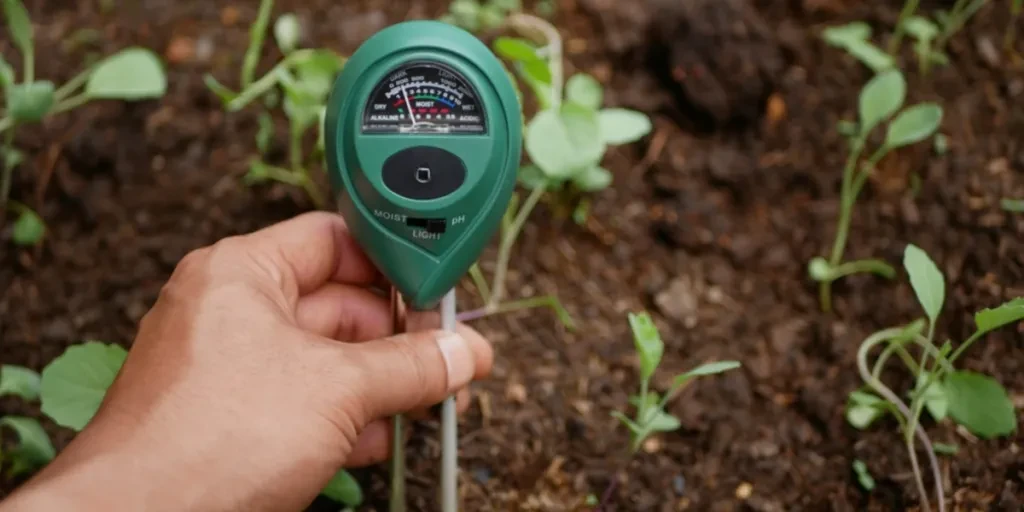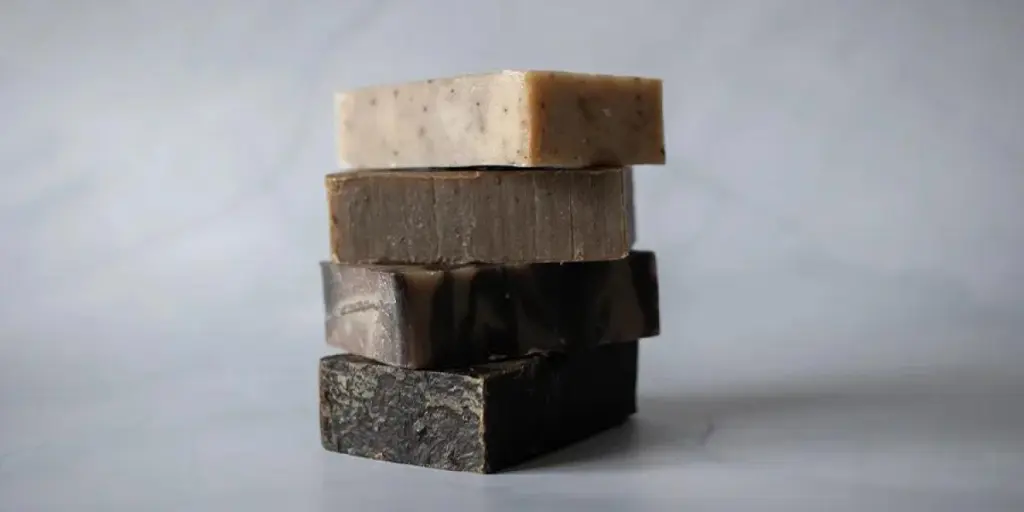Using the right soil moisture meter is essential for maintaining crop results and achieving an optimal garden. Everyone, from a professional landscaper to a home gardener, can benefit from understanding the soil’s moisture levels. Keep reading to find out more about the most popular soil moisture meters and how they can be adapted to suit specific needs.
Table of Contents
Global market value of soil moisture meters
Who benefits most from using soil moisture meters?
Top 3 types of soil moisture meters
Capacitive soil moisture meter
Resistive soil moisture meter
Time domain reflectometry soil moisture meter
Final thoughts
Global market value of soil moisture meters
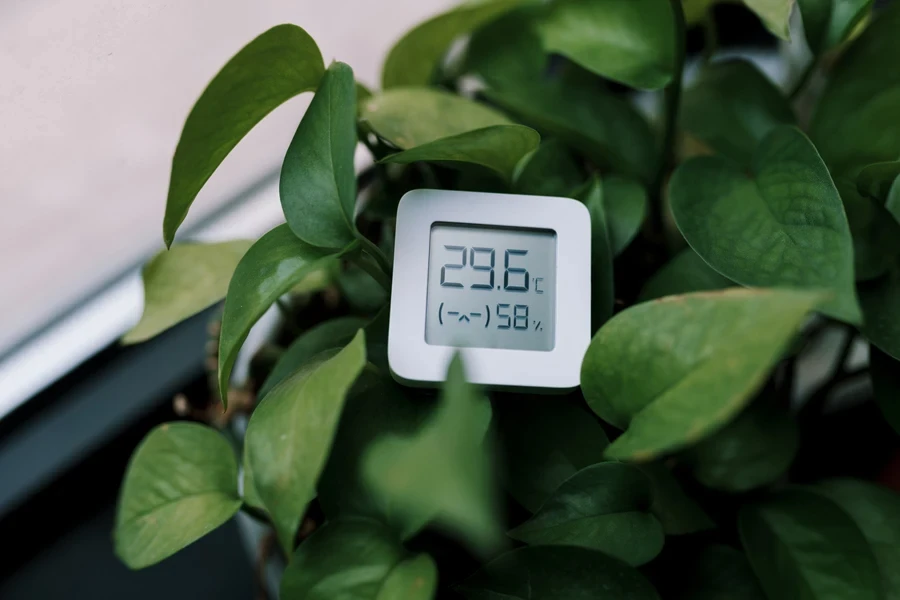
A soil moisture meter is a useful instrument that can be used by a wide variety of gardeners and people in the agriculture sector. It’s designed to sense changes in the soil’s moisture and convert these changes into electrical signals that can then easily be read. It’s a must-have garden tool for understanding soil conditions as well as optimizing overall plant growth.
By the end of 2024, the global market value of soil moisture meters reached over USD 450 million. This number is expected to grow by a compound annual growth rate (CAGR) of 10% between 2025 and 2032. This will bring the total market value of soil moisture meters up to approximately USD 975 million by the end of this period.
Who benefits most from using soil moisture meters?
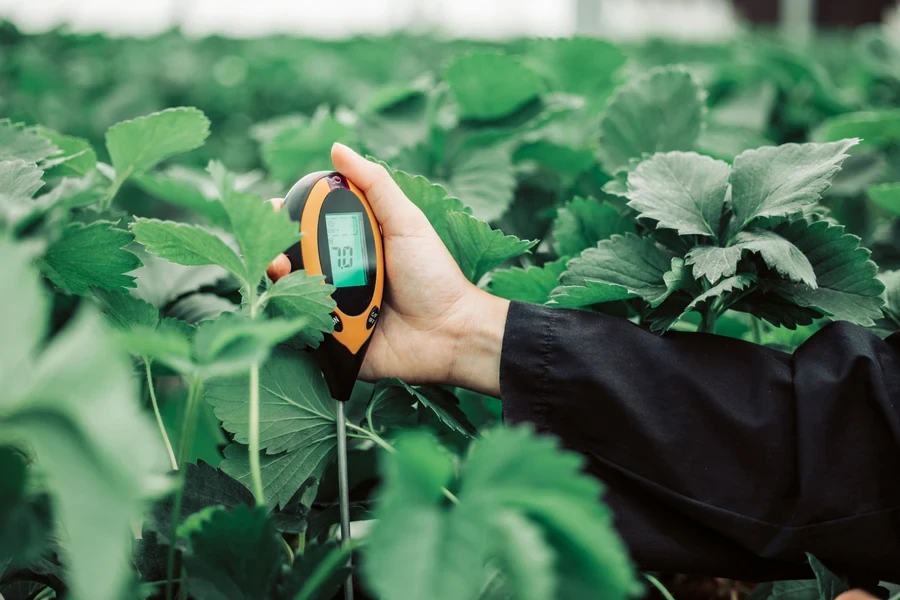
Using soil moisture meters can benefit a wide range of people in different industries. This includes, but isn’t limited to:
- Greenhouse operators rely on the meters to make irrigation decisions based on data and to optimize crop yields.
- Landscapers use soil meters to prevent dry patches or waterlogged soil in places like public gardens and golf courses.
- Garden centers benefit from the use of soil meters as they ensure the plants are well cared for and maintain their vibrancy for buyers.
- Environmental scientists rely on field-based data from soil meters for policy planning and scientific analysis.
Top 3 types of soil moisture meters
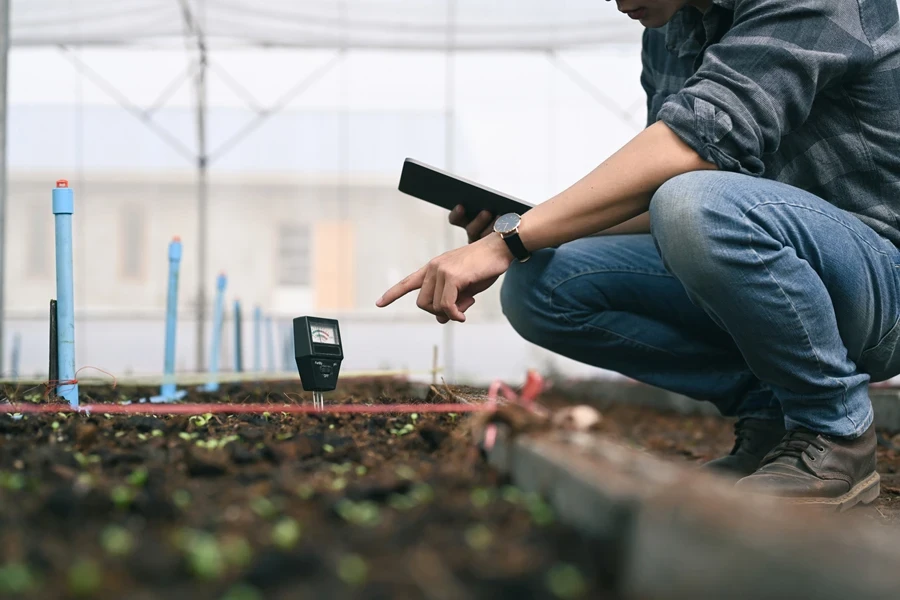
The market now has a variety of soil moisture meters on the market, but some are more popular than others due to their reliability and ease of use. There are three specific moisture meters that will be looked at below, and these meters each use a different method to measure soil moisture.
According to Google Ads, “soil moisture meter” received an average monthly search volume of 18,100 in 2024. The most searches appeared between June and July when they reached 22,200 per month, and the fewest searches came in November and December when they only reached 12,100 each month.
Keep reading to find out more about the top three types of soil moisture meters on the market today.
Capacitive soil moisture meter
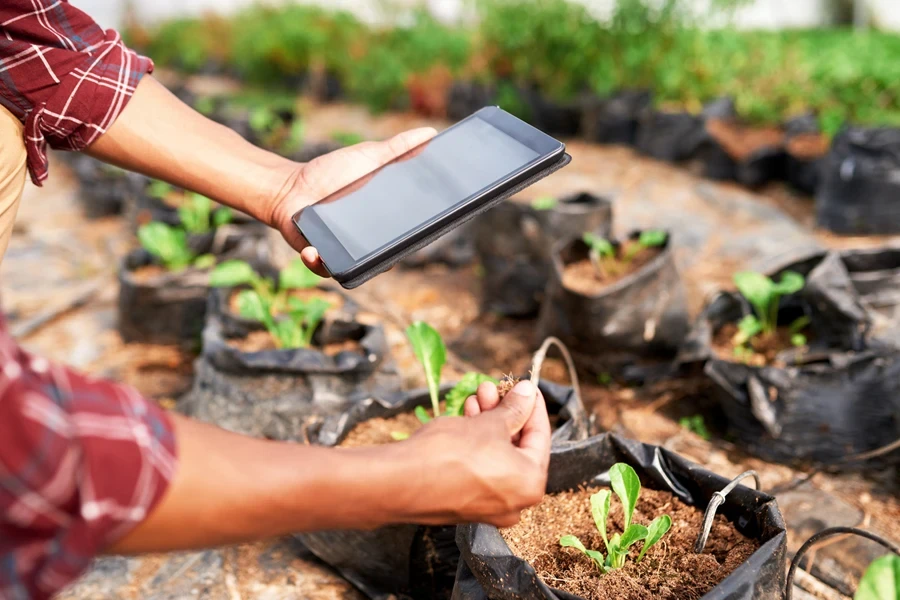
A capacitive soil moisture meter uses advanced sensing technology to provide a more accurate reading than traditional meters. It measures the soil’s dielectric permittivity and it’s less affected by soil salinity. Key features such as data logging, digital displays, and wireless connectivity so users can access data remotely are big draws for modern consumers.
This type of soil moisture meter is very durable and it can be integrated with smart irrigation systems as well. The downside to the capacitive soil moisture meter is that they may need to be calibrated based on the soil type, so they’re not a good option for beginners. The price point is also much higher than other types of soil meters due to the high-tech features.
The capacitive soil moisture meter is a good option for researchers or precision gardeners who require long-term monitoring in settings such as greenhouses or fields.
Resistive soil moisture meter
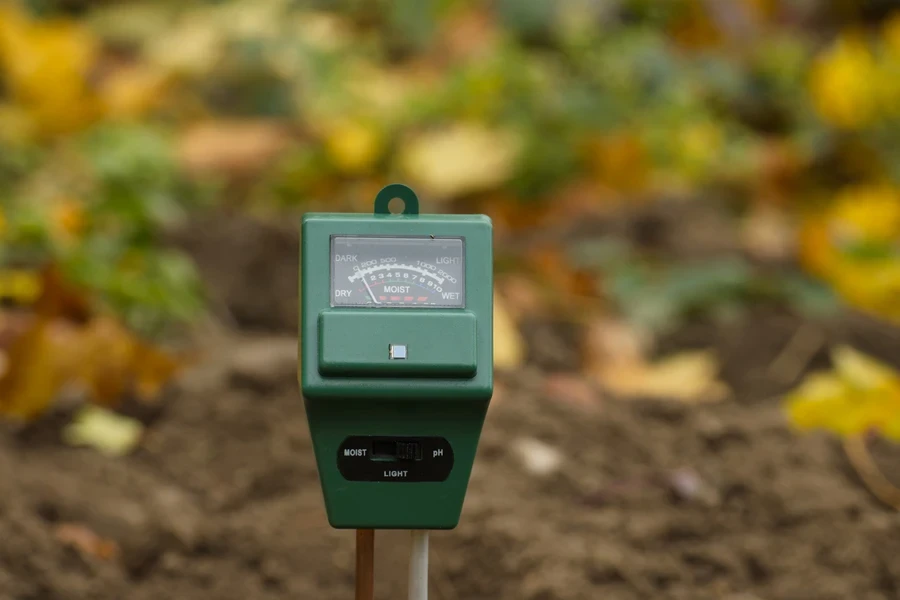
The resistive soil moisture meter detects moisture by finding the electrical resistance between two metal probes that have been inserted into the soil. When the water content increases, the resistance will decrease, which allows the meter to better estimate the moisture levels of the soil.
These soil moisture meters are very popular thanks to their ease of use, affordability, and battery-free usage. They’re a good choice for people gardening at home and for complete beginners.
Resistive meters are known to be less accurate over time, which can interfere with readings. The metal probes are also at risk of corrosion, which will reduce the lifespan of the meter. This means they’re better suited to casual gardening or use on houseplants where long-term monitoring isn’t essential.
Time domain reflectometry soil moisture meter
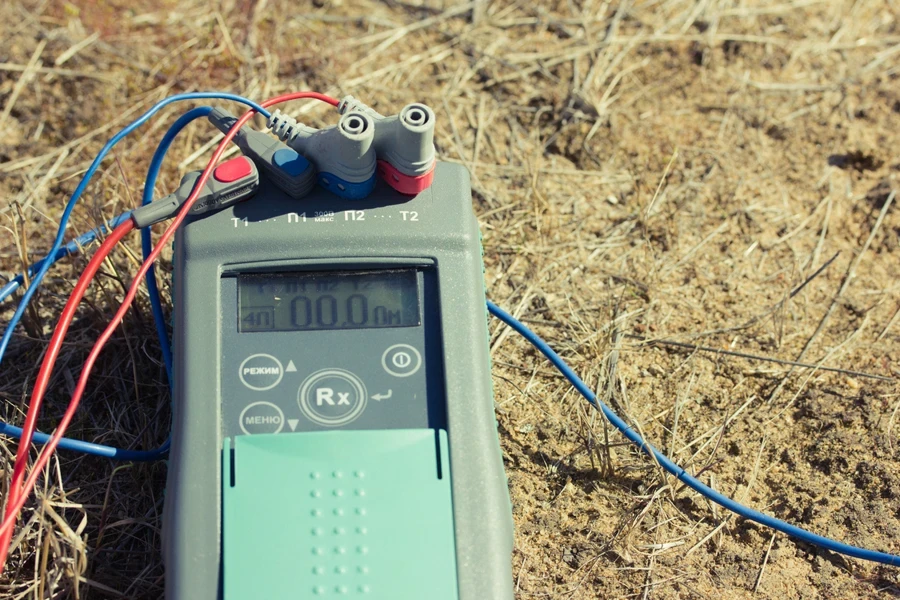
The time domain reflectometry (TDR) soil moisture meter uses high-frequency electromagnetic pulses in order to measure the time it takes for a signal to travel through the soil in question. The time delay is a direct reflection of how much water is in the soil, regardless of temperature or salinity.
TDR meters are heavily used in environmental monitoring, precision agriculture, and scientific research, where accurate readings are key and soil moisture levels need to be monitored consistently.
This type of soil moisture meter ranks among the most expensive, and it requires technical expertise to operate effectively. Since it often needs specialized software and equipment to operate, it’s less accessible for beginners and casual gardeners. However, for researchers and professionals, the TDR meter is the best choice for long-term soil studies.
Final thoughts
Choosing the right soil moisture meter comes down to several factors such as level of experience, budget, and specific needs. Each type of meter is designed to suit certain settings, whether that be a greenhouse, a large field, or plant pots at home. It’s important that buyers understand the limitations and strengths of each meter in order to make an informed purchasing decision.
With the right soil moisture meter in hand, buyers will be better able to optimize growing conditions and maintain healthy plants.
